Multi Pump Trainer Unit
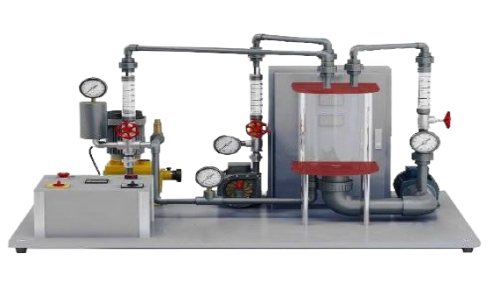
Order Code: 21224924.2.3
Category: General Lab Equipment II
Scope: The trainer kit should come as a single compact unit Computer Controlled Multi pump Testing Bench Unit with Real -time SCADA system: Unit designed to demonstrate the operating characteristics of several types of pumps. Anodized alu...
SPECIFICATION
Scope:
The trainer kit should come as a single compact unit
Computer Controlled Multi pump Testing Bench Unit with Real -time SCADA system:
- Unit designed to demonstrate the operating characteristics of several types of pumps.
- Anodized aluminum frame and panels made of painted steel.
- The unit includes wheels to facilitate its mobility.
- Main metallic elements made of stainless steel.
- Diagram in the front panel with distribution of the elements similar to the real one.
- Fully instrumented self-contained unit.
- The unit is mounted on a structure with a work surface covered by a plastic sheet.
Following types of pumps should be embedded in the compact unit
Rotodynamic Pumps
- Centrifugal Pump I
- Centrifugal Pump II in series and parallel
- Axial Flow Pump
- Turbine Pump or Peripheral Pump Positive Displacement Pump
- Gear Pump
- Flexible Impeller Pump
- Diaphragm pump
- Plunger Pump (Piston Pump)
1.Centrifugal Pump (1& II)
- Determination of the curve Q vs r.p.m. of the centrifugal pump.
- Determination of the curve H vs Q for different r.p.m. of the centrifugal pump.
- Determination of the mechanical power vs flow for different r.p.m. of the centrifugal pump.
- Determination of the curve η vs the flow for different r.p.m. of the centrifugal pump
- Determination of the map of a centrifugal pump.
- Coupling in series of two centrifugal pumps of different characteristics.
- Coupling in series of two centrifugal pumps with the same characteristics.
- Parallel coupling of two centrifugal pumps with similar characteristics & Parallel coupling of two centrifugal pumps of different characteristics
2. Axial Flow Pump
- Determination of the curve Q vs r.p.m. of the axial pump.
- Determination of the curve H vs Q for different r.p.m. of the axial pump.
- Determination of the mechanical power vs flow for different r.p.m. of the axial pump.
- Determination of the curve η vs the flow for different r.p.m. of the axial pump.
- Determination of the map of an axial pump.
3. Turbine Pump or Peripheral Pump
- Determination of the curve Q vs r.p.m. of the peripherical pump.
- Determination of the curve H vs Q for different r.p.m. of the peripherical pump.
- Determination of the mechanical power vs flow for different r.p.m. of the peripherical pump.
- Determination of the curve η vs the flow for different r.p.m. of the peripherical pump.
- Determination of the map of a peripherical pump.
4. Gear Pump
- Determination of the curve Q vs r.p.m. of the gear pump.
- Determination of the curve H vs Q for different r.p.m. of the gear pump.
- Determination of the mechanical power vs flow for different r.p.m. of the gear pump.
- Determination of the curve η vs the flow for different r.p.m. of the gear pump.
- Determination of the map of a gear pump.
5. Flexible Impeller Pump
- Determination of the curve Q vs r.p.m. of the flexible impeller pump.
- Determination of the curve H vs Q for different r.p.m. of the flexible impeller pump.
- Determination of the mechanical power vs flow for different r.p.m. of the flexible impeller pump.
- Determination of the curve η vs the flow for different r.p.m. of the flexible impeller pump.
- Determination of the map of a flexible impeller pump.
Diaphragm Pump
- Determination of the curve Q vs r.p.m. of the diaphragm pump. Determination of the curve H vs Q for different r.p.m. of the diaphragm pump.
- Determination of the mechanical power vs flow for different r.p.m. of the diaphragm pump.
- Determination of the curve η vs the flow for different r.p.m. of the diaphragm pump.
- Determination of the map of a diaphragm pump.
Plunger Pump
- Determination of the curve Q vs r.p.m. of the plunger pump.
- Determination of the curve H vs Q for different r.p.m. of the plunger pump.
- Determination of the mechanical power vs flow for different r.p.m. of the plunger pump.
- Determination of the curve η vs the flow for different r.p.m. of the plunger pump.
- Determination of the map of a plunger pump.
Layout :
- Length - 2.5 m or below
- Width - 1.5 m or below
- Height - 2 m or below
- Weight - Around 500kg
Technical specifications:
- Centrifugal Pump and Second Centrifugal Pump
- A brass-body
- Pedestal or of free axis type
- Stainless steel shaft.
- flow 80 l/min or above
- head 9m or above
- Efficiency is 35% or above
Gear Pump
- Corrosion-resistant bronze-bodied gear pump
- With stainless steel shafts
- Bronze helical gears
- Should quiet in operation
- flow 13.7 l/min or above
- head 40m or above
- Efficiency is 70% or above
Axial Flow Pump
- With propeller, which works in an acrylic casing with thin interstices between the propeller and the casing.
- flow 50 l/min or above
- head 1.8m or above
- Efficiency is 15% or above
Flexible Impeller pump
- Bronze pump head
- Stainless steel shaft and flexible impeller
- flow 60 l/ min at head of 20m or above
Turbine Pump or Peripheral Pump
- With a runner of straight blades inside an annular casing and an axis of activation on two lubricated ball bearings.
- Bronze pump body
- Stainless steel shaft
- flow 24 l/min or above
- head 20m or above
Diaphragm Pump
- flow 5.8 l/min at a maximum head of 30m or above
- Stainless steel wetted parts
Plunger Pump
- Stainless steel wetted parts
- flow 5.3 l/min at maximum head of 60m or above
Instrumentation and controls: All the services and instrumentation for determining the characteristic curves of eight different pumps at different speeds should be supplied For rotodynamic pumps:
- Pressure head vs flow
- Power absorbed vs flow
- Pump efficiency vs flow
For positive displacement pumps:
- Flow vs pressure head
- Power absorbed vs pressure head
- Volumetric efficiency vs pressure head
Computer Control +Data Acquisition+Data Management Software software should be included
- A Compatible computer (PC) should be supplied
- Processor: 7th Gen. Intel Core i5 - 7400 (6MB Cache) 3.0 GHz recommended
- 16GB DDR4 RAM recommended
- 1TB 5400 RPM SATA SSD recommended
- OS: Windows 10 (64bit)
- Keyboard /Mouse
- Ports (recommended specs)
- 4 x USB 3.0
- HDMI-out
- DisplayPort 1.2
- 2 x Thunderbolt 3 (supports Type-C, USB3.1, DisplayPort, PS)
- Gigabit Ethernet, audio out
- Display: 21.5” LED monitor is recommended Components
- Compatible power cord and adapter
- Necessary tool kits, supplementary parts
- Required calibration manuals should be supplied
- Assembly and Installation, Interface and Control Software, Starting-up, Safety, Maintenance, Calibration & Practices Manuals should be supplied

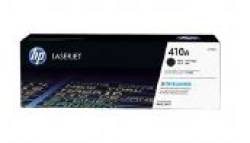
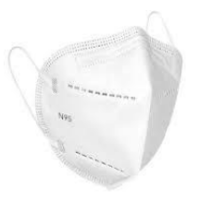

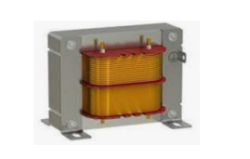
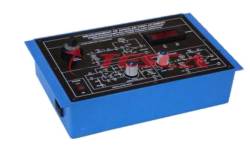
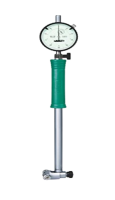
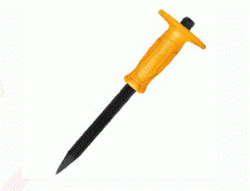

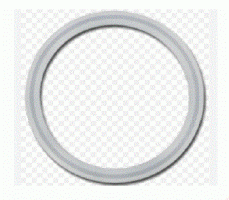

 91-9829132777
91-9829132777